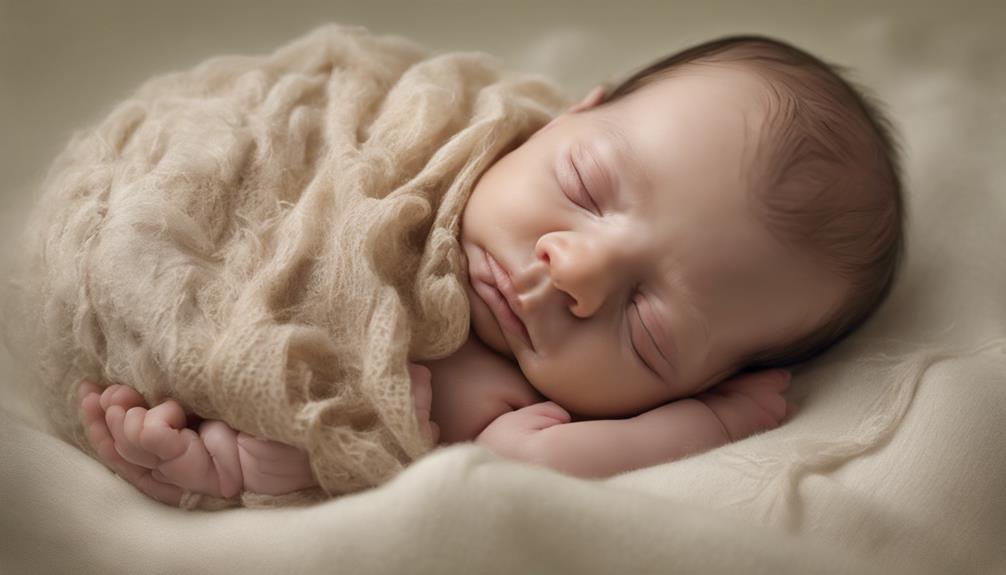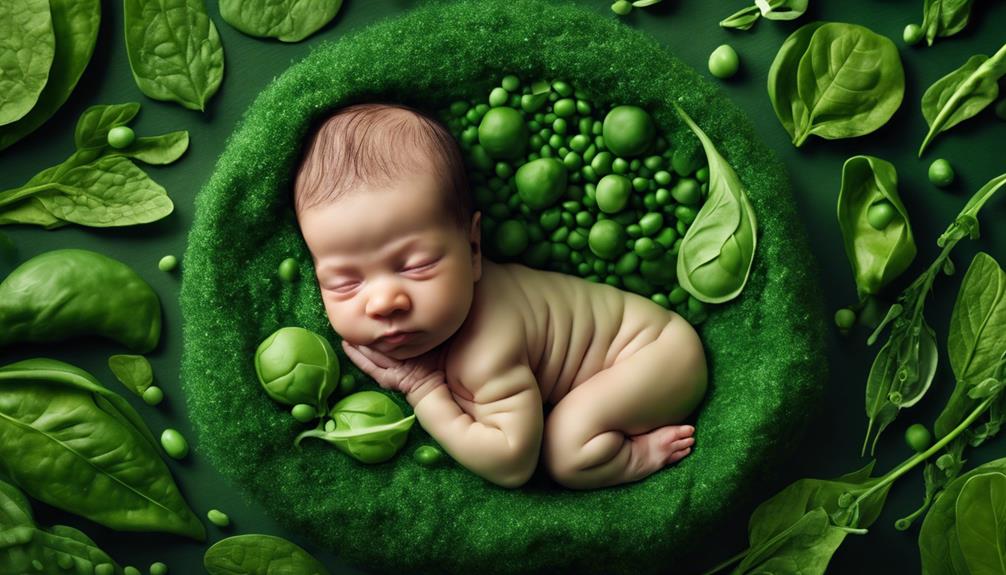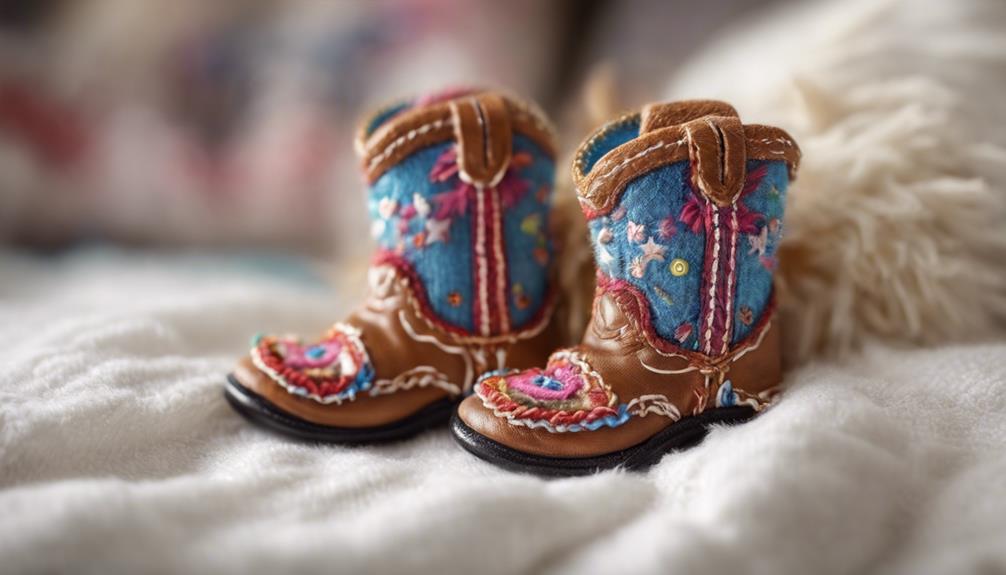Dive into the realm of vital newborn circumcision care, adopting a hands-on strategy.
Understanding the intricacies of post-procedure care is important for the well-being of the newborn. While the initial steps may seem straightforward, there are nuances to think about that can greatly impact the healing process.
By unraveling the layers of this guide, we shed light on the subtle yet important aspects that guarantee a smooth recovery.
So, let's explore the depths of this topic to uncover the key insights that can make a notable difference in the journey ahead.
Key Takeaways
- Proper post-circumcision care involves cleaning with warm water and using petroleum jelly.
- Monitor for signs of infection like redness, swelling, or unusual bleeding.
- Promptly seek medical advice for concerns such as fever, excessive bleeding, or worsening pain.
- Diligently following care instructions ensures smooth healing and prevents complications.
Circumcision Procedure Overview
As healthcare providers, we perform newborn circumcisions to surgically remove the foreskin and expose the head of the penis. This procedure is typically carried out within the first 10 days after birth, with the primary goal of promoting hygiene and potentially reducing infection risks, as advised by the American Academy of Pediatrics. Local anesthesia is commonly administered to guarantee the baby's comfort during the process.
The circumcision procedure involves meticulous care and precision. First, the area is thoroughly cleaned to maintain sterility. Then, the foreskin is gently clamped and carefully cut to achieve the desired outcome. Following the removal of the foreskin, the wound is meticulously safeguarded to aid in the healing process.
Choosing circumcision for your baby is a personal decision that involves weighing the benefits and risks. By understanding the procedure and the importance of post-circumcision care, you can guarantee the best possible outcome for your child's health and well-being.
Post-Circumcision Care Instructions

After the circumcision procedure, it is important to follow specific care instructions to promote proper healing and prevent complications. To assist you in caring for your baby post-circumcision, we have compiled essential guidelines:
| Post-Circumcision Care Instructions | |
|---|---|
| Clean the area with warm water | Avoid baby wipes |
| Apply petroleum jelly | Change bandages |
| Watch for signs of infection | Check for unusual bleeding |
Following these instructions diligently can aid in a smooth healing process. Keep an eye out for any signs of infection or abnormal bleeding, as they may require medical attention. Remember, the healing period typically lasts 7 to 10 days, during which time diaper changes should be done gently, avoiding any harsh rubbing. By following these care instructions, you can help reduce the risk of complications such as urinary tract infections and guarantee your baby's well-being.
Healing Process After Circumcision
During the healing process following circumcision, it's common for the penis to appear swollen and red. You may notice redness, thickened skin, puffiness, and a yellow, gummy appearance, which are all part of the normal healing process.
Some oozing, bruising, and minor bleeding might occur initially, but these usually subside with time. Symptoms typically start to improve after 2-3 weeks, although swelling can persist for 1-2 months before fully disappearing. It's important to remember that each baby heals at their own pace, so variations in healing times are normal.
Keeping the area clean and dry while monitoring for any signs of infection is critical during this period. If you have any concerns about the healing process or notice anything unusual, don't hesitate to reach out to your healthcare provider for guidance and reassurance. Your baby's comfort and well-being are our top priorities.
Preventing Complications and Infections

To safeguard your newborn's well-being post-circumcision, it is important to understand the measures that help prevent complications and infections. Proper wound care is crucial in reducing the risk of infections after newborn circumcision. This includes keeping the area clean and dry, which can significantly lower infection rates that typically range from 0.2% to 2%. It's essential to be vigilant for signs of infection such as increased redness, swelling, pus, foul odor, or fever, and seek immediate medical attention if any of these symptoms occur. Infections post-circumcision are usually minor and can be treated with antibiotics prescribed by a healthcare provider. Following post-circumcision care instructions diligently is key to ensuring your newborn heals properly without complications. Remember, attentive diaper changes and proper wound care play a vital role in maintaining your baby's health and comfort during this sensitive time.
| Diaper Changes | Infection Rates | Signs of Infection |
|---|---|---|
| Regularly change diapers to keep the area clean and dry | Infection rates range from 0.2% to 2% after newborn circumcision | Watch for redness, swelling, pus, foul odor, or fever as signs of infection |
When to Seek Medical Advice
If you notice any signs of infection or unusual bleeding following your newborn's circumcision, promptly contact a healthcare provider for guidance and support. Signs of infection may include increased redness, swelling, pus, or fever around the circumcision site. Excessive or persistent bleeding from the area should also prompt seeking medical advice.
In cases where the bleeding is uncontrolled, requiring urgent care, immediate attention from a healthcare provider is necessary. Additionally, persistent or worsening pain after the circumcision procedure shouldn't be ignored, and contacting a healthcare provider for guidance is critical for proper management.
Any concerns about the healing process after circumcision should also be addressed with a healthcare provider to guarantee the well-being of your newborn. Remember, your healthcare provider is there to support you and your baby through this process, so don't hesitate to reach out if you have any worries or notice any unusual symptoms.
Your baby's health and comfort are of utmost importance, and seeking timely medical advice can help address any issues that may arise during the circumcision recovery period.
Frequently Asked Questions
How Do You Take Care of a Newborn Circumcision?
We monitor the circumcision site for normal signs like redness, swelling, and a yellow appearance. We keep it clean with warm water and mild soap, apply antibiotic ointment for 2 days, and watch for complications.
How Long Does It Take for a Newborn to Recover From Circumcision?
Recovery from newborn circumcision typically takes 7 to 10 days. Healing time varies based on individual factors like baby's health and care. Redness, swelling, and minor discomfort are common. It may take 2-3 weeks for full healing.
How Often Do You Clean a Baby's Circumcision?
We clean a baby's circumcision every diaper change with warm water and mild baby soap. It's important to avoid harsh chemicals or alcohol-based products to prevent infection. If you notice any redness, swelling, or discharge, consult a healthcare provider promptly.
How Often Do You Need to Check Your Diaper After Circumcision?
We check the diaper every 2-3 hours post-circumcision to watch for bleeding or infection signs. Redness, swelling, and a yellowish discharge are normal healing signs. Notify the healthcare provider if there's persistent bleeding or concerning changes.
Conclusion
In caring for your newborn son after circumcision, remember to tread lightly and keep a watchful eye. Like a gentle breeze guiding a fragile flower, provide gentle care and nurture his healing process.
Stay vigilant for any signs of trouble, and don't hesitate to reach out for medical guidance if needed. Your little one's well-being is paramount, so trust your instincts and seek support when in doubt.









